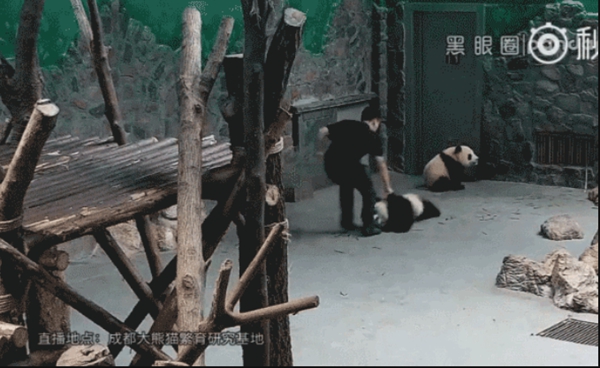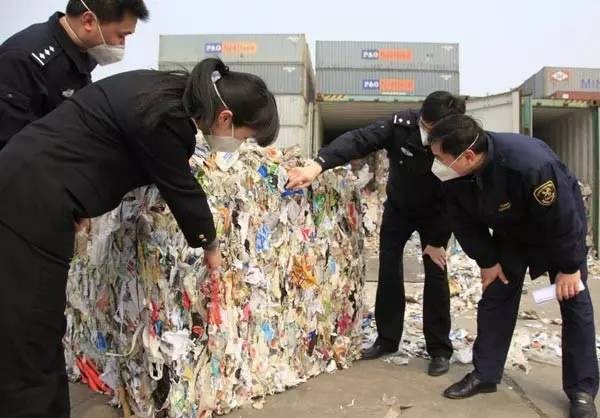Panda keepers under fire amid mistreatment accusations
|
|
|
In an online video that went viral, a staff member can be seen pushing, dragging and throwing “Rourou” and “Manman,” the two popular pandas at the research base. [Printscreen] |
Staff are under fire following accusations of mistreatment of giant pandas at Chengdu Research Base of Giant Panda Breeding in Chengdu, capital of Sichuan Province.
In an online video that went viral, a staff member can be seen pushing, dragging and throwing “Rourou” and “Manman,” the two popular pandas at the research base.
The video has fueled heated discussion, and many are outraged by the mistreatment of the animals, seen as national treasures of China. A post about the incident on microblog Sina Weibo had drawn more than 6,000 comments as of 8 p.m. Thursday.
Authorities at the base Thursday explained what happened during the incident.
Panda keeper Guo Jingpeng said he was feeding milk to some panda cubs on July 12, when one of them suddenly became violent.
“It bit my hand really hard, its teeth cut into the flesh and my hand started bleeding,” Guo said. “When it tried to bite me again, I pushed it away out of instinct.”
Even though it has been two weeks since the incident, Guo’s hand is still scarred by the panda bite.
Guo said when he heard about the viral video and its scathing comments, he felt he had been wronged.
“The over 50-minute video was intentionally edited into less than two minutes of footage,” Guo said.
Another panda keeper, Xie Huhai, said that to the playful pandas, biting is just a way of “having fun,” but “panda fun” could cause injuries to the keepers.
“We often get hurt by the pandas,” Xie said. “Scratches and bites are daily occurrences.”
Pandas can become violent once they reach one or two years old, Guo said.
“When they are happy, they may act normally, but if they experience any external stimulation, they can react quite violently,” he said.
Authorities with the breeding base said they have questioned the staff members involved and taken measures. They demanded all staff treat the pandas more “gently” when the animals try to bite or scratch.
“When we saw the video, we thought the staff members had overreacted, even though they meant no harm to the pandas,” said Wu Kongju, a panda expert at the base. “But we hope people can show more understanding towards the panda keepers, because although giant pandas look cute, they are quite strong and can be violent.”
Many people have agreed with Wu’s explanation.
“Firstly, a panda is a bear, and they can be strong and violent,” said Weibo user Dengzheshouxindehanzi. “They just happen to have a babyface.”
The current giant panda population count, including cubs, is approaching 2,060 and mature adults are estimated to constitute 50.5 percent of that figure, according to a report by the International Union for Conservation of Nature (IUCN) in 2016.
In the Red List of Threatened Species on Sept. 4, 2016, the IUCN reported the giant panda population had improved enough for the endangered species label to be downgraded to “vulnerable.”
However, the threat of declining bamboo resources due to climate change could, in the near future, reverse the gains made during the last two decades, the IUCN warned.

